Are you feeling a bit lost when it comes to understanding your legal status? Whether you're navigating through immigration matters or trying to clarify your rights in a specific situation, it can be overwhelming without the right guidance. In this article, we'll break down the essentials of how to draft a letter that clearly communicates your needs and seeks the necessary clarification from the appropriate authorities. So grab a cup of coffee and read on to discover how to craft the perfect legal status clarification letter!
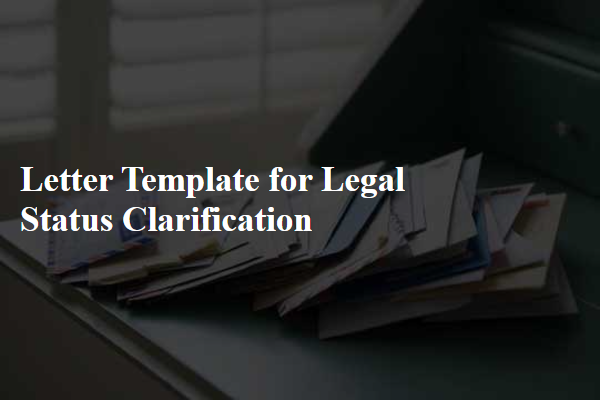
Official letterhead and contact details
Official letterhead displays the organization's name, logo, address, phone number, and email, establishing a professional and credible identity. Contact details ensure the recipient can easily reach the sender for any follow-up or clarification concerning the document. Legal status clarification involves specifying relevant regulations, laws, and any pertinent case numbers or legal entities, which are essential for ensuring accurate understanding and adherence to legal requirements. This context enhances the recipient's comprehension of the purpose and importance of the correspondence.
Salutation and proper recipient information
Legal status clarification requests necessitate the inclusion of specific details related to the parties involved. Ensure that the recipient's name (for instance, John Smith), title (such as Senior Attorney), firm or organization name (like Smith Law Group), address (including street, city, state, and zip code), and date (for instance, October 10, 2023) are accurate. This information ensures proper delivery and demonstrates professionalism. Additionally, the salutation should be appropriately formal, such as "Dear Mr. Smith," to convey respect and seriousness regarding the matter at hand. Overall clarity in these details conveys the importance of the request while adhering to legal communication standards.
Purpose of the inquiry regarding legal status
Legal status clarification is crucial for understanding an individual's rights and responsibilities within various jurisdictions. In the context of immigration, legal status can determine the ability to work or study in nations, such as the United States or Canada. Specific legal categories include permanent residency, citizenship, or temporary visas, each with unique regulations and implications. Various legal institutions, including immigration offices or legal counsels, often facilitate this inquiry. Individuals seeking clarification may experience uncertainty regarding their residential eligibility or social benefits, impacting their daily lives significantly. This inquiry purpose serves to ensure compliance with applicable laws while safeguarding personal interests.
Relevant legal references or documentation
Legal status clarification often requires comprehensive documentation to ensure compliance with local statutes. Essential documents include government-issued identification, residency permits, or work authorization forms specific to the jurisdiction, such as U.S. Citizenship and Immigration Services Form I-797 for those in the United States. Referencing legislation, such as the Immigration and Nationality Act, is crucial for understanding rights and responsibilities. Additional legal references may include case law pertinent to individual circumstances, providing precedents that influence legal interpretations. Gathering these documents ensures clarity regarding an individual's legal standing and adherence to regulatory mandates, minimizing the risk of disputes or misunderstandings.
Signature and contact information for follow-up
To clarify legal status, individuals often require comprehensive documentation outlining terms and conditions relevant to their case. Documents should include specific legal terminology that defines the nature of the status, such as "employment eligibility" or "immigration status," pertinent in jurisdictions like the United States. It is crucial to provide accurate contact information, including a full name, address, phone number, and email address, ensuring reliable methods for communication. A clear, legible signature grants authenticity to the document, establishing a formal agreement and allowing for follow-up correspondence regarding any potential inquiries or legal procedures. Additionally, timelines for responses may be included to expedite the process, ensuring all parties remain informed throughout the clarification journey.

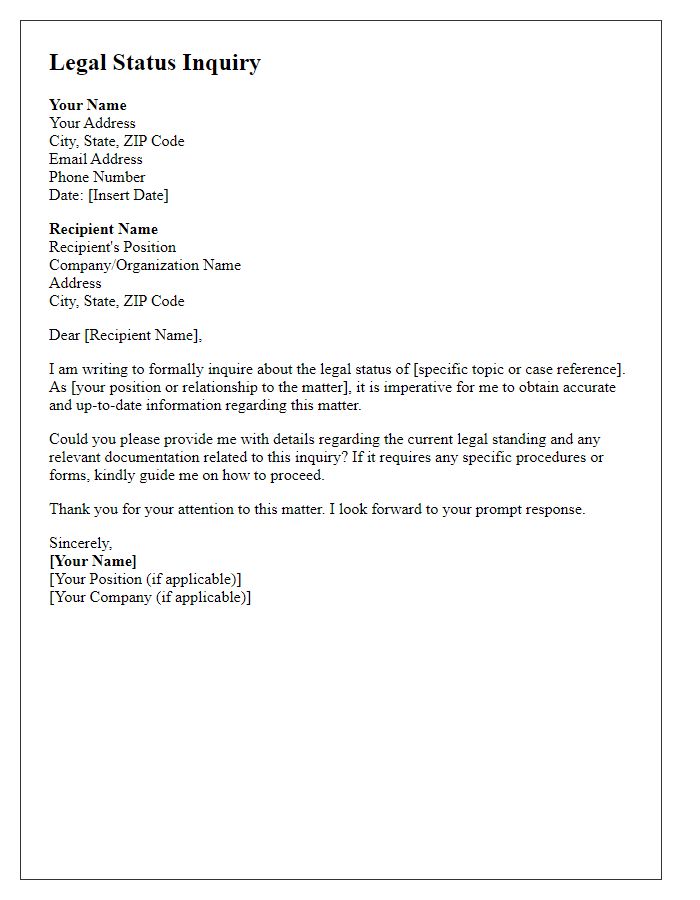
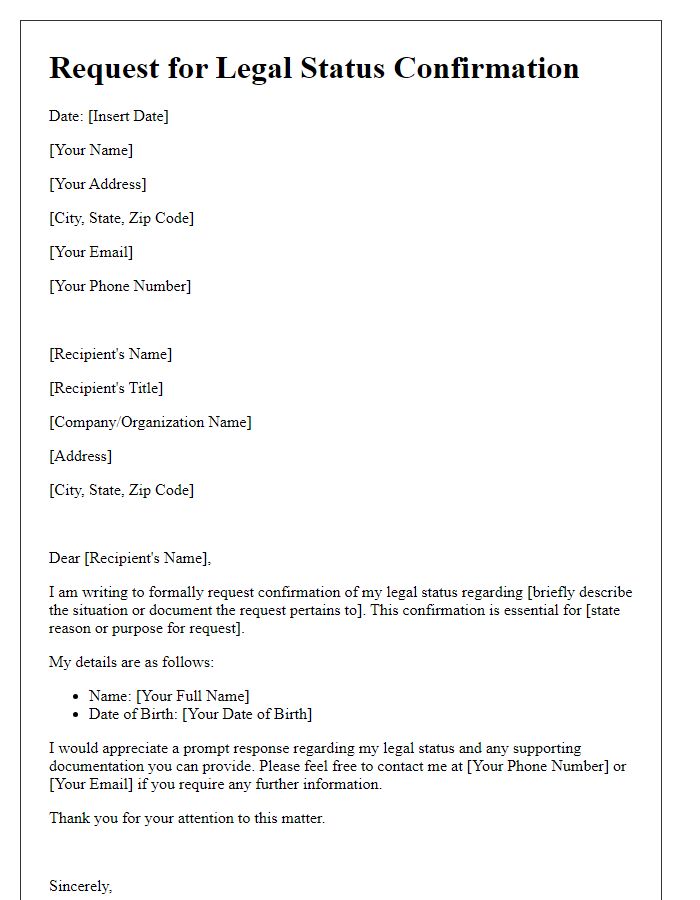
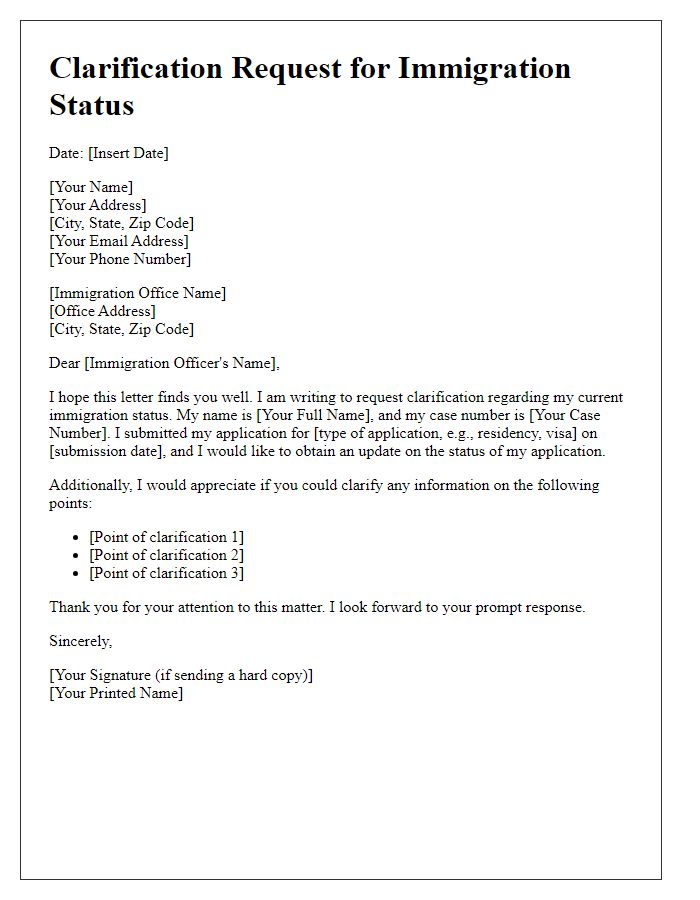
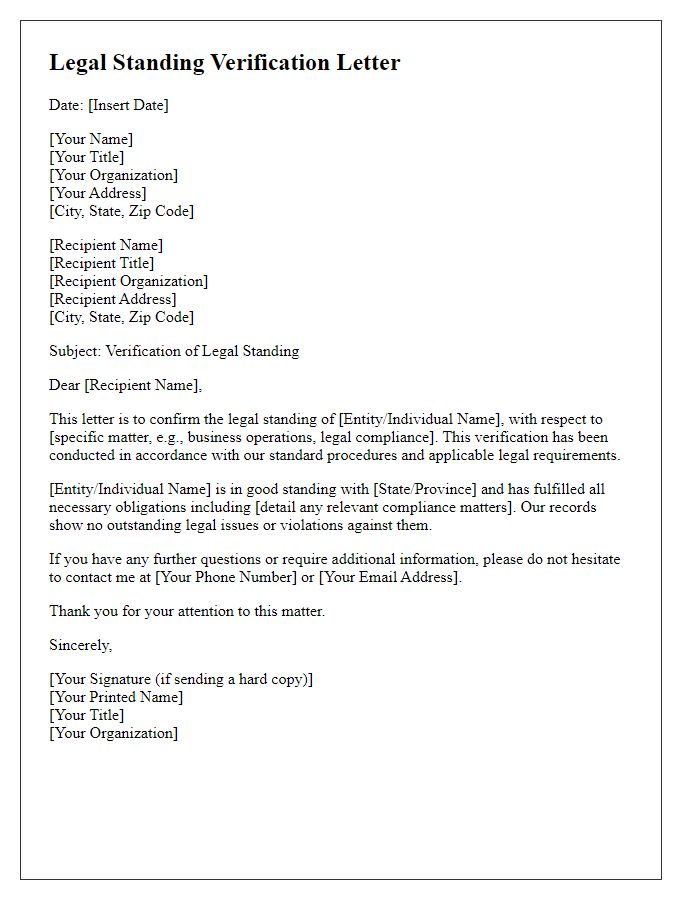

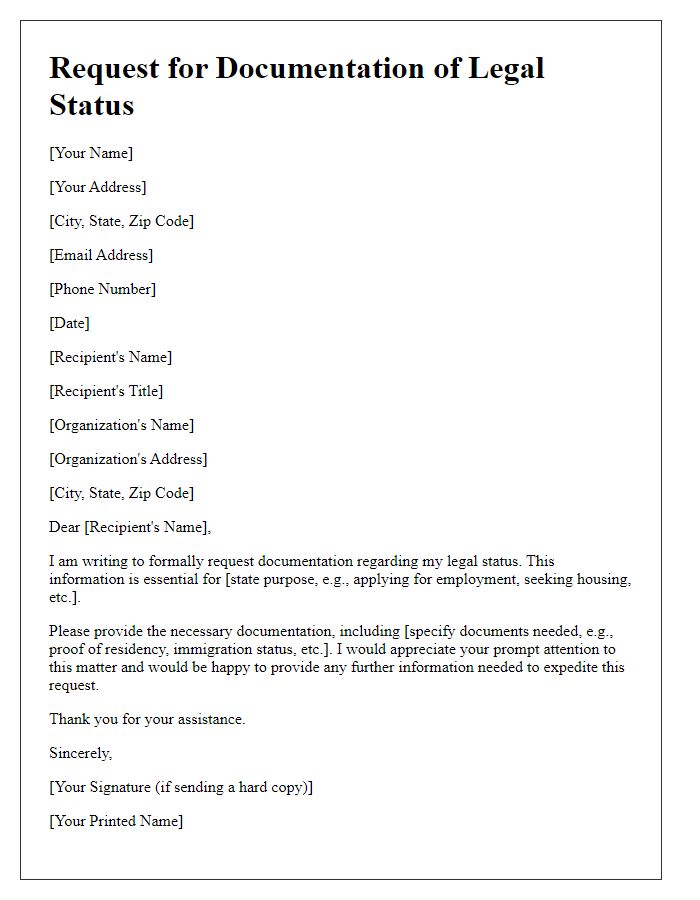
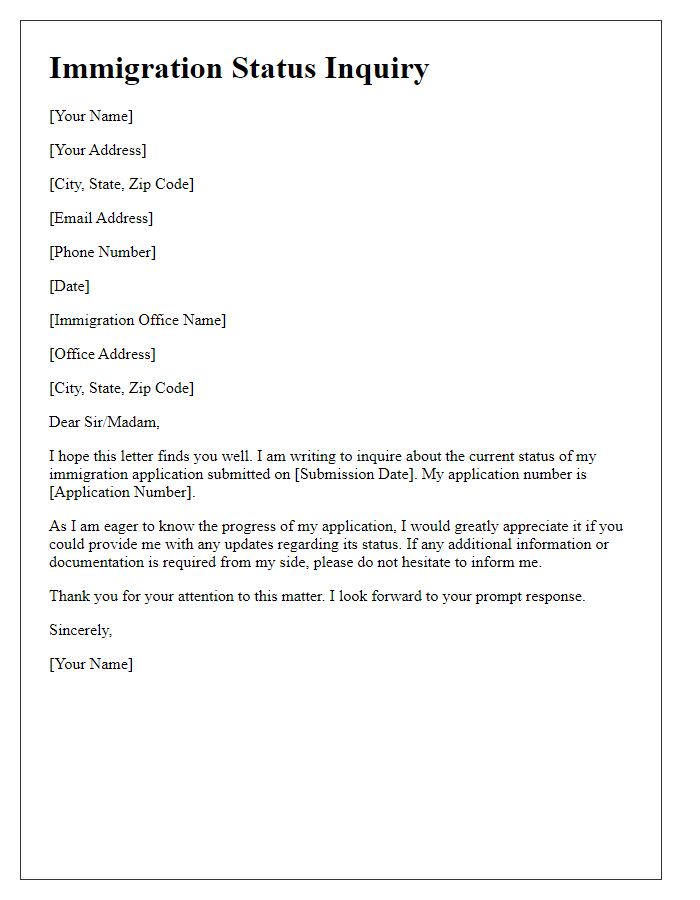
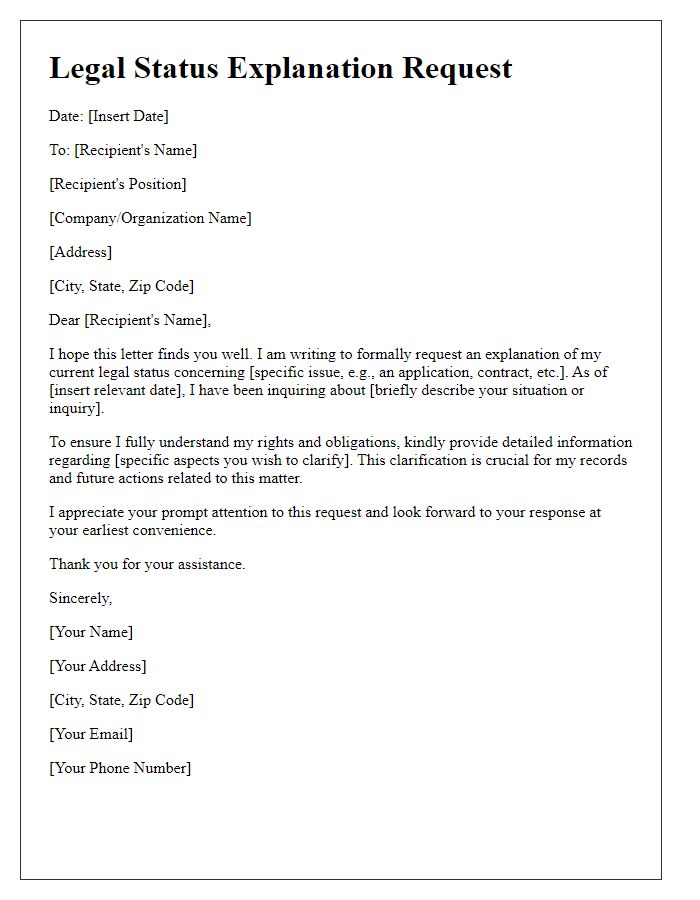
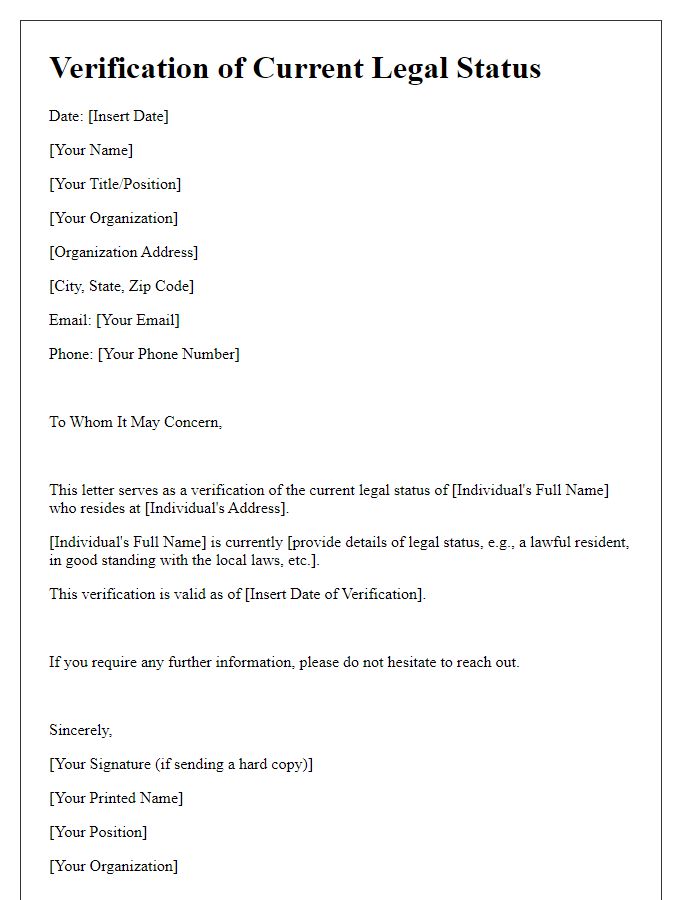
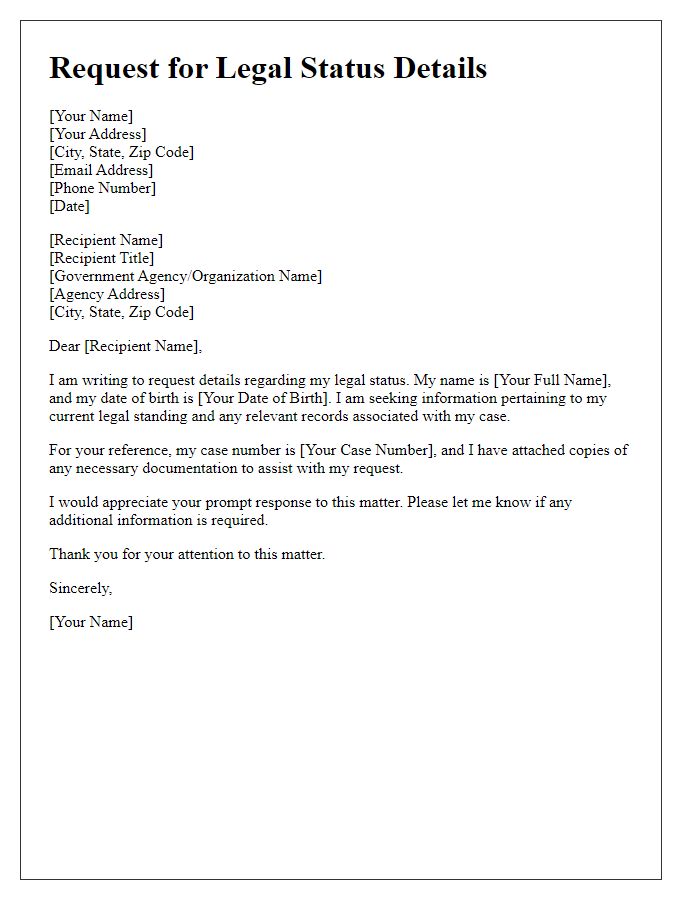

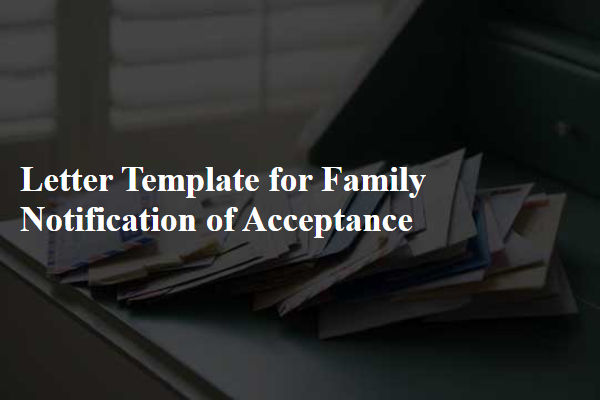
Comments